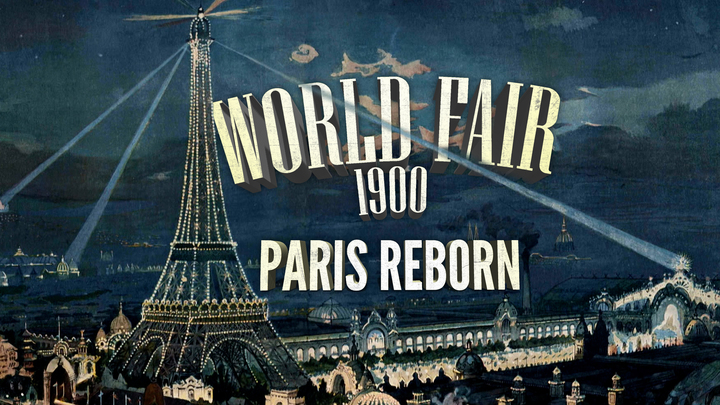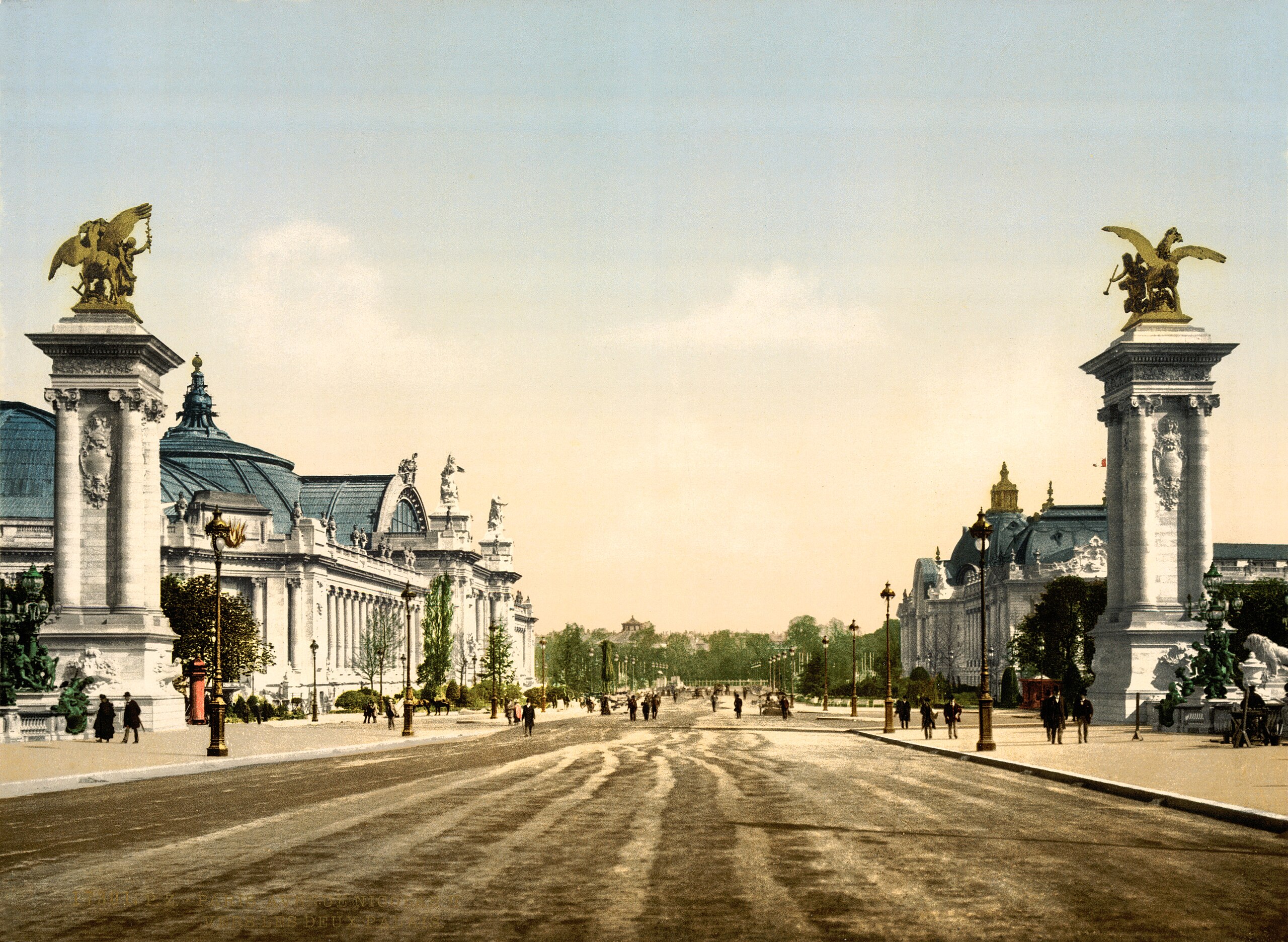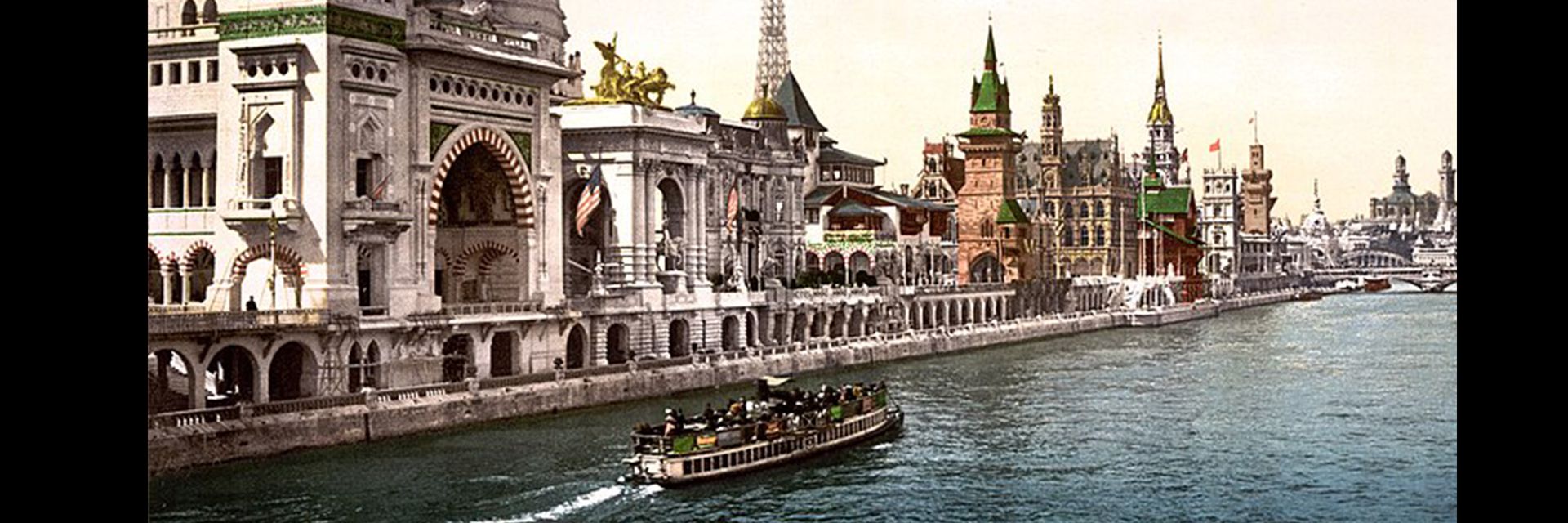The turn-of-the-century World’s Fair was notable for its focus on global harmony, but it couldn’t get entirely past humanity’s darker side.
◊
The dawn of the 20th century was marked by optimism, innovation, and a celebration of human achievement. Nowhere was this spirit more apparent than at the Exposition Universelle in Paris, which served as both a display of 19th century advancements and a window opening to 20th century possibilities.
Paris, often seen as the world’s cultural capital, was transformed into an international stage where countries exhibited the best of their technology, art, and culture. Sprawling across the Champs-Élysées, the Esplanade des Invalides, and the banks of the Seine, the Exposition attracted over 50 million visitors.

For a fascinating deep dive into the Exposition Universelle, watch World Fair 1900: Paris Reborn, available now on MagellanTV.
Wonders of the World’s Fair
Among the groundbreaking inventions at the Exposition was the escalator, a marvel that would ease human movement in the ever-taller structures that would define architecture in the new century. Visitors were also captivated by the telegraphone, an early version of magnetic sound recording, and by talking films, which would come to replace the silent cinema of the time.
However, it wasn’t just the technological wonders that captivated the audiences. The 1900 World’s Fair was a major platform for the Art Nouveau style. With its organic forms, intricate patterns, and emphasis on nature, Art Nouveau manifested itself throughout the fair, from pavilions to decorative artwork.
Memorable and durable architecture, too, graced the Exposition, including two remarkable buildings that continue to draw visitors to this day: the Grand Palais and the Petit Palais. Constructed to serve as exhibition halls, these structures epitomize the Beaux-Arts style with their ornate facades, grand staircases, and vast glass domes. They stand as enduring symbols of a world eager to embrace the new century, their legacy still vibrant as hubs of cultural activity.

Grand Palais (left) and Petit Palais (right) on the Champs-Élysées, Paris, 1900 (Source: Wikipedia Commons)
National Pride Informs International Competition
The World’s Fair also provided a stage on which nations tried to outshine each other by erecting impressive pavilions celebrating their contributions and aspirations. They were not just demonstrations of national pride but also assertions of geopolitical significance. For example, the United States emphasized its burgeoning industrial might, while Russia highlighted a blend of its rich cultural past with hints of modernization.
The intrinsic competition among countries was made explicit by the second modern Olympic Games, which were hosted by the Exposition Universelle. The intertwining of the World’s Fair with the Olympics reflected not just international competition but also an attempt at mutual appreciation and understanding.
The 1900 Olympic Games were the first in which female athletes were allowed to participate, albeit in a limited capacity.
Imperialism Taints the View of the Future
But, lest we forget that the Exposition was very much rooted in its time, the event was not devoid of controversy. Time travelers from the 21st century would be appalled by “living villages” and “human zoos” displaying Indigenous people from colonized regions – grim reminders of the era’s ethnocentric and imperialistic tendencies. Lines between exhibition and entertainment on the one hand, and exploitation and racism on the other, bled into each other.
In fact, like other World’s Fairs before and since, the 1900 Exposition Universelle was a microcosm of its era – a mix of international optimism and national ambition, artistic achievement and cultural competition, global appreciation and imperial subjugation. Only 14 years later, the “Guns of August” roared, and the slaughter of the First World War commenced.
Ω
Title Image: The Pavilions of the Nations, Exposition Universelle, Paris, 1900 (Source: Wikimedia Commons)

